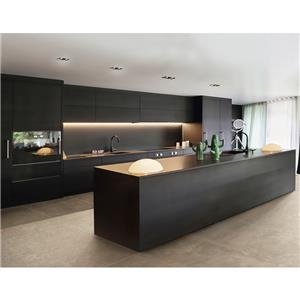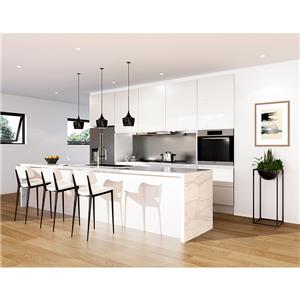-
2005-2024
Mastering the Art of Hanging Cabinets on Walls: A Comprehensive Guide
Hanging a cabinet on a wall requires careful measurement, proper tools, and adherence to safety guidelines. First, identify the stud locations on your wall using a stud finder; this ensures sturdy support. Mark the cabinet's desired height, ensuring it's level. Transfer the cabinet's mounting holes onto the wall, then drill pilot holes slightly smaller than the screws you'll use. If studs aren't aligned, use appropriate wall anchors for added stability. With help, lift the cabinet onto the marked spots and attach it to the wall using screws and a drill, making sure it's securely fastened. Always follow the manufacturer's instructions and use caution during the process to avoid injury or damage.
-
2303-2024
Cabinet maintenance tips: scientific methods help you extend service life
The secret of cabinet maintenance lies in using scientific methods to carry out meticulous and thoughtful maintenance, aiming to effectively extend its service life. The first tip is to clean regularly, use mild detergents to remove stains, and avoid using harsh detergents to prevent damage to the surface coating. Secondly, pay attention to moisture-proofing, especially in the humid season. Ventilation should be carried out in a timely manner, and dehumidification equipment can be equipped to prevent wood expansion and deformation. For metal accessories such as hinges, slide rails, etc., apply lubricant regularly to maintain smooth operation. In addition, avoid long-term direct sunlight, which may cause fading, and high-temperature heat sources that may affect the stability of the cabinet. Any scratches or damage should be repaired promptly to keep the appearance intact. Bear the load properly, do not use it overload, and follow the load-bearing standards of cabinet design. Only through regular professional maintenance inspections and timely repairs if problems are found can the cabinets be kept looking new and serve your life for a long time.




